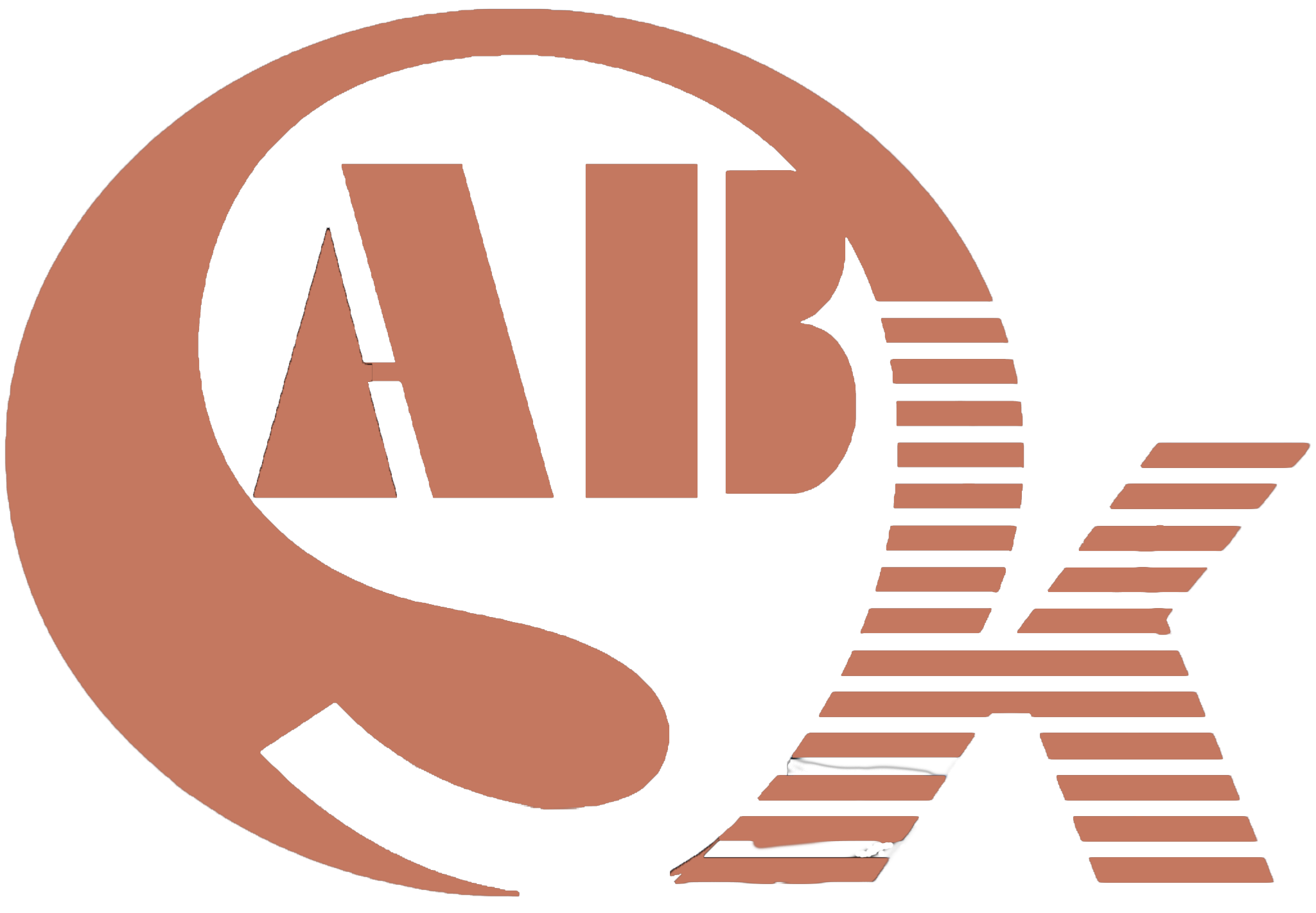Enhancing Welding Efficiency with Welding Rotators: A Comprehensive Guide
Welding is a critical process in various industries, playing a pivotal role in joining metals to create structures and components. As technology advances, so does the equipment used in welding processes. One such innovation that has gained significant traction is the welding rotator. In this article, we delve into the world of welding rotators, exploring their benefits, applications, and how they contribute to enhancing welding efficiency.
Introduction
Welding rotators are specialized pieces of equipment designed to rotate cylindrical workpieces during welding processes. This automated rotation ensures uniform distribution of heat and weld penetration, resulting in high-quality, defect-free welds. Welding rotators find applications in a range of industries, including shipbuilding, construction, pressure vessel manufacturing, and more. Let’s take a closer look at the advantages they offer.
Enhancing Welding Efficiency
One of the primary benefits of using welding rotators is the significant enhancement of welding efficiency. By automating the rotation of the workpiece, welders can focus on achieving precise welds without the need to manually reposition the workpiece. This leads to reduced downtime between welds and increased overall productivity. Additionally, the uniform rotation provided by welding rotators ensures consistent weld quality, minimizing the risk of defects and rework.
Applications in Various Industries
Welding rotators find applications in diverse industries, each with its unique requirements. In shipbuilding, for example, large cylindrical components such as ship hulls and tanks can be effortlessly rotated for welding, eliminating the need for intricate manual adjustments. In the construction of pressure vessels, welding rotators contribute to maintaining the structural integrity of these critical components by enabling precise and continuous welding.
Welding Automation and Precision
Automation is a driving force in modern manufacturing, and welding rotators play a crucial role in welding automation. These rotators can be integrated into robotic welding systems, allowing for even more precise and consistent welds. The combination of robotic control and welding rotators results in improved accuracy, repeatability, and reduced human error, leading to higher quality welds.
Customizability and Adaptability
Welding rotators come in various sizes and configurations, making them adaptable to different workpieces and welding tasks. Manufacturers offer options for both conventional and self-aligning rotators, allowing companies to choose the most suitable type based on their specific needs. This customizability enhances the versatility of welding rotators, making them an invaluable addition to any welding operation.
Safety Considerations
While welding rotators offer numerous advantages, safety remains a top priority. Proper training and adherence to safety guidelines are essential when using welding rotators. Operators should be well-versed in equipment operation, load capacity limits, and safety protocols to prevent accidents and ensure a secure working environment.
Conclusion
In the world of welding, efficiency, precision, and quality are paramount. Welding rotators address these needs by automating the rotation of workpieces during welding processes. The advantages they offer, including enhanced welding efficiency, applications across various industries, welding automation capabilities, and adaptability to different tasks, make them a valuable asset for any welding operation. As technology continues to advance, welding rotators are poised to play an increasingly vital role in shaping the future of welding.
In conclusion, welding rotators stand as a testament to the continuous evolution of welding technology. Their ability to streamline processes, improve weld quality, and adapt to various industries underscores their importance in modern manufacturing. By harnessing the power of welding rotators, companies can achieve greater efficiency, precision, and ultimately, success in their welding endeavors.
